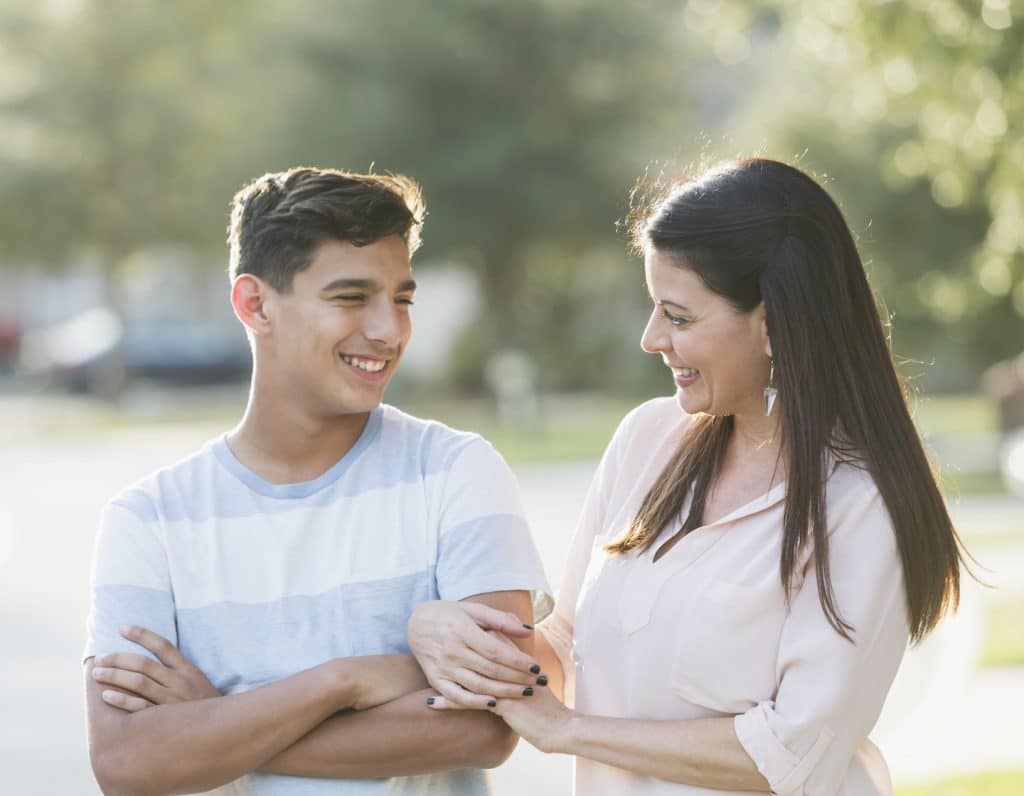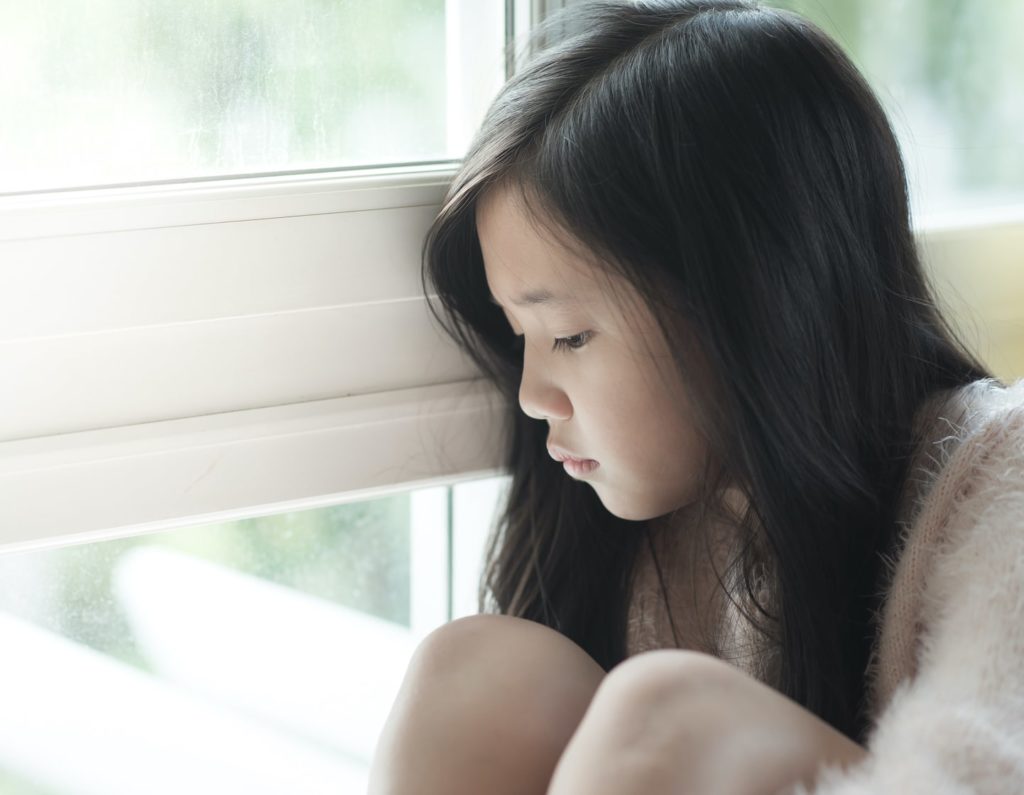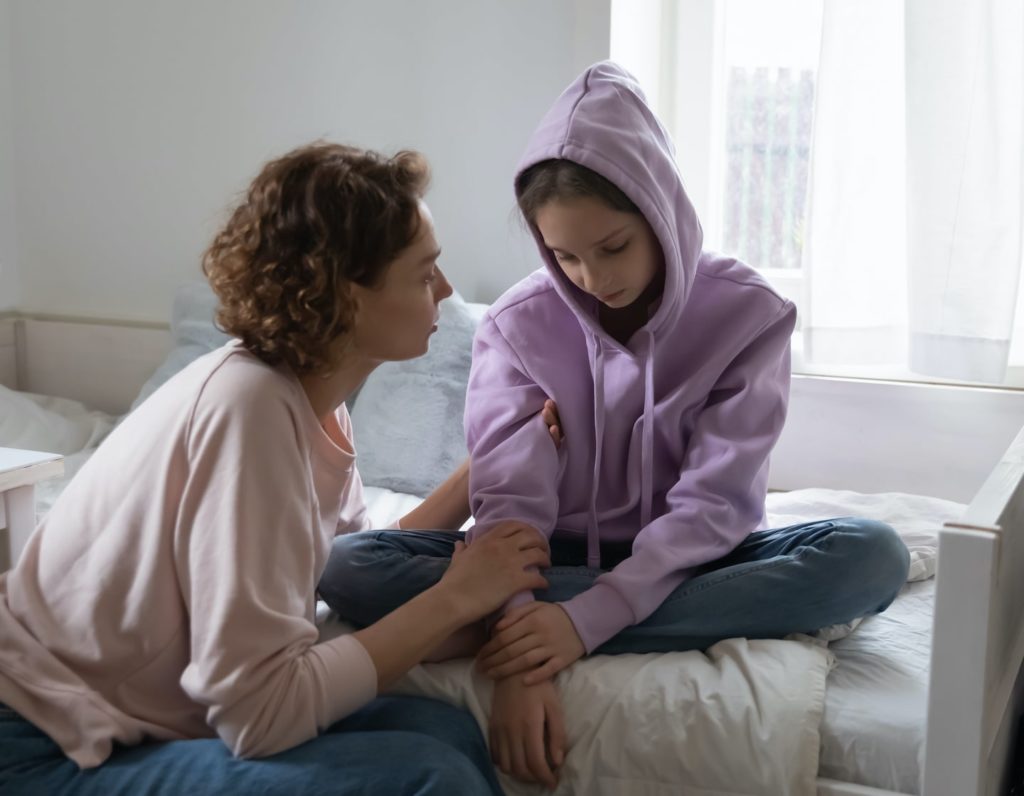
A mom of two shares how she found out that her twelve-year-old daughter was self-harming. Her daughter’s peers openly discuss suicide and self-harm. She reflects on how things went wrong and what she is doing to help her child
It was 10:30pm, and I was laying in bed reading. My two kids, Jane and Lily were in bed already. My phone was lying beside me, and it started to vibrate. Usually it’s on silent by that point, but somehow the call made its way through. I answered the unfamiliar number. It was the mom of my daughter’s new friend, Maddie and I’d never spoken to her before.
“Hey. You may already know this, but Brandon just called Maddie and said Jane was feeling suicidal and cutting herself.” (Brandon is my daughter’s current crush).
The air left my lungs. I couldn’t breathe.
After we hung up, I sat for a few minutes wondering what I should do. How suicidal was she? Was she cutting herself right at that moment? Did I need to rush into her room or take a minute to think through the situation?
I went downstairs to talk to my husband first. We were both in shock. Blindsided was the word that kept floating through my mind. Completely and totally blindsided. We decided I should go up to Jane’s room by myself instead of both of us descending on her in this vulnerable moment. I took deep breaths, trying to calm myself so I wouldn’t overreact, but when I walked into her room, I fell apart.
My precious girl was sitting on her bed holding a pair of scissors. Her legs had long, thin cuts up and down her thighs and shins, and she was crying. I threw the scissors to the side, fell onto her bed, and started crying too, holding her tightly. I said over and over, “What are you doing? What are you doing?”
Blindsided.
Jane turned twelve earlier this year. She started her period; her body developed. We knew we’d start dealing with all the ups and downs of puberty and tweenhood. Mood swings, eye-rolling, slamming doors, manically happy one minute and stormy the next. Interest in boys and tons of friend drama. We were ready for that.
But this. Not this. Never in a million years did we ever imagine our child would cut herself or feel so hopeless that she would contemplate suicide. These types of dark things only happened in homes where the children are abused, neglected, ignored. Right?
How naïve we were.
Read More: Self-Harm in Kids is on the Rise: Here’s What Parents Should Know
There were many discussions following that night. Discussions between Jane and me and my husband, discussions between other parents, as we tried to work through what was going on with Jane and what was going on in society in general.
One comment Jane made several times was that everyone goes through depression. Three of her best friends had even tried to commit suicide. When I dug into that statement further, I realized that the “attempts” were not serious, and yet, the fact that they talked about it and thought about it so much was, is, terrifying and alarming.
Apparently “everybody” cuts themselves as well. When I asked her if her new school friends cut themselves, she said no. So we had the discussion about what “everybody” means and how she wasn’t “everybody”. That she wasn’t a crowd follower. And even if she was, then this wasn’t the crowd to be following.
So. Many. Discussions.
We finally decided to put her in counselling. Jane has never been one to share with us. Even when she was little, she was not a chatterbox. She’s always been tough and never wanted anyone to know when she was in pain, physically or emotionally. A good friend of ours called her “stoic” before she’d turned one year old, and that label has stuck. Because of this, we were completely unaware of the emotions slowing simmering inside of her that finally boiled over.
Read More: Psychiatrists, Therapists and Centres for Counselling
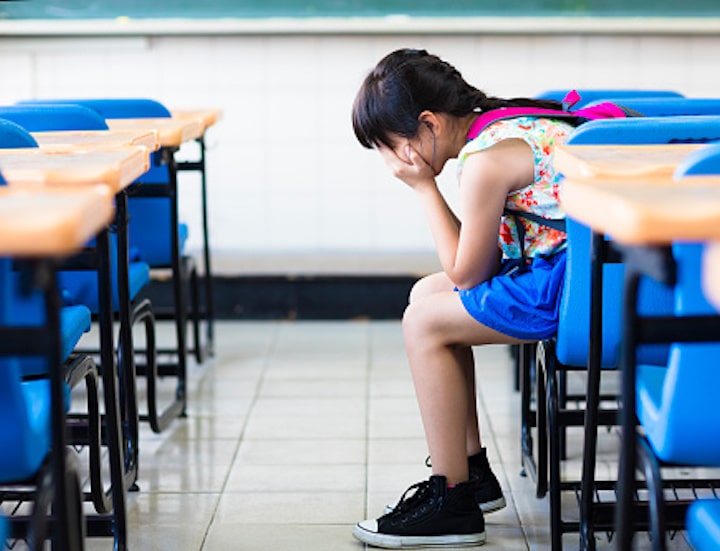
As we reflected on her life, we realized all of the many changes we had put her through. House moves and major renovations, many school moves as we looked for the best fit for her, and finally a major move overseas and then back again, which was a bit traumatic for the whole family. Through it all, she always had a brave face and rarely showed how she was really feeling. She certainly never talked about any of it.
My other child, on the other hand, is an open book. And we’re a very open family. My husband and I talk about our feelings and successes and failures openly with the kids, on purpose, so they see reality and also that it’s OK to share emotions and feel weak, etc. We’re a happy family, connected. There’s no arguing or strife in our home. We spend time together and are very involved in our kids’ lives. In an effort for the family to be her go-to source, we’ve also done our best to keep Jane away from social media as much as possible. She doesn’t even have her own phone. And yet, all of this… talking about cutting and even showing pictures on social media, creating sad playlists to listen to when you want to feel sad, talking about being depressed and the rampant “trend” of suicide is so prevalent that our tweens and teens can hardly get away from it.
I love that our society has become more open about mental illness and sharing what we’re going through. However, has all of this openness given our kids access to dangerous ideas they may not have been exposed to before? Have the trends on social media normalized issues that once were extreme cases? One of Jane’s friends, who is a year younger than her, sent a group chat a picture of her cut up arm with the text, “I had to cover it up with makeup. Lol.”
Lol?
What’s funny about disfiguring your body and hurting yourself on purpose? Something has gone horribly awry here.
I can’t and don’t blame this entire situation on social media. That would be naïve. We are also to blame for not paying closer attention to what our girl was really feeling with all of these changes. We should have attempted to draw her out more with helpful conversations.
However, we live in a society where anything goes on those little rectangles. You’ve probably heard of the extreme cases where people actually live feed their own suicides on Facebook. What kind of a world are we living in? I’m on a mission to encourage parents to get their kids, of any age, off of smartphones. There are many other options available now. Look into Wisephone, The Light Phone, or Gabb. Even an Apple Watch is better and less addictive and disruptive than a phone.
We cannot expect our kids to be wise and responsible with these tools. And why should they have to be? It’s up to us as parents to make the wise decisions for them. We decide where they go to school and what hobbies and sports to be involved in. We control almost all aspects of their lives until they are old enough to make those decisions on their own. So why would we give them a ticking time bomb and expect they’ll know what to do with it?
Again, please understand that I don’t think this is the only issue at stake in this story. But I do think it’s a large factor in the talk that tweens and teens are having with each other on a regular basis. The flippancy with which kids are talking about a mental health issue is scary. As we discussed this with Jane, I saw firsthand how normalized cutting and even suicide has become. It’s truly terrifying. An epidemic. And what can parents do to help our kids see how serious these outlets are?
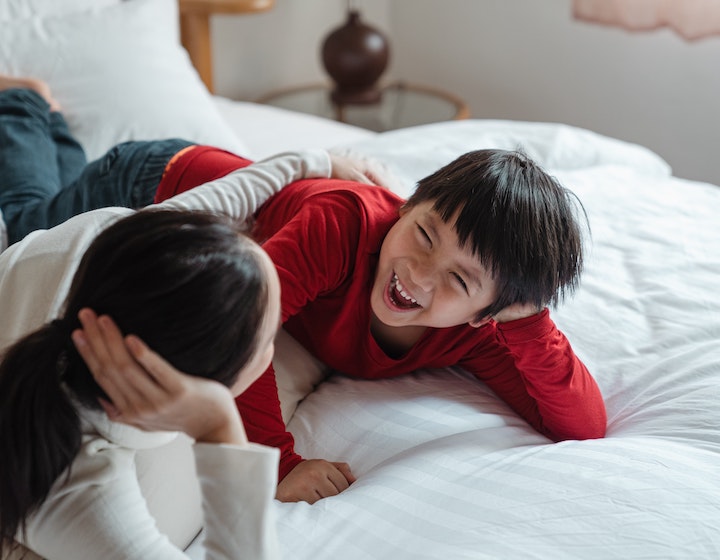
One important way to help our kids is to just talk to them. Talk to them about cutting, about how prevalent it is in our society, and that it’s not a good solution. Help them find healthier outlets for dealing with stress and frustration. Stress and frustration never go away. Often it only grows as we get older and take on more responsibility. So if we don’t help our kids, starting with 8-10-year-olds I would say, though I’m not an expert here, then they won’t learn how to handle life and will turn to “easy”, harmful ways to express their negative moods and feelings.
Read More: Self-Harm in Kids is on the Rise: Here’s What Parents Should Know
If you feel that your child is dealing with some deeper issues that they are not willing to share with you, find a good counsellor for them who aligns with your family’s values. We’ve thankfully seen some good results from sending Jane to counselling, even though she complains about it every week. We’ve noticed that she kicks her soccer ball much more frequently, and she’s even started exercising some.
We’ve also made a point to spend more time together as a family. We try to have dinner together as much as possible, and we even rearranged our home so that there is one space for the family to hang out and watch TV together. Before, the kids had another area where they could go watch TV by themselves, and we noticed that we weren’t spending as much time together as a family. We fixed that… ironically just before the night we found out she was cutting herself. I felt something was wrong; I just had no idea what.
I’m so thankful that Jane’s crush at the time was brave enough to reach out to her friend for help… and that the friend’s mom called me.
What if your child is in trouble and no one calls you to let you know? Don’t assume everything is OK just because it looks that way on the surface. Get involved in your kids’ lives as much as possible. Be present. Be aware. And talk.
We can’t solve all their problems. Oh, how we want to, but we’re only human. However, we have to do the best we can and not get so caught up in our own lives that we neglect our children. They need us, even when they push us away.
If you have concerns about your child please do read our expert advice on how to deal with self-harm in kids here.






 View All
View All
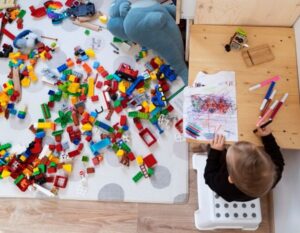



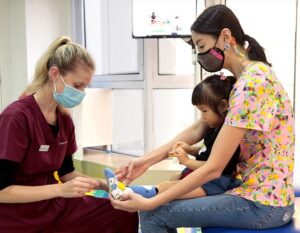
 View All
View All






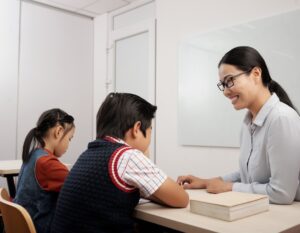


 View All
View All



